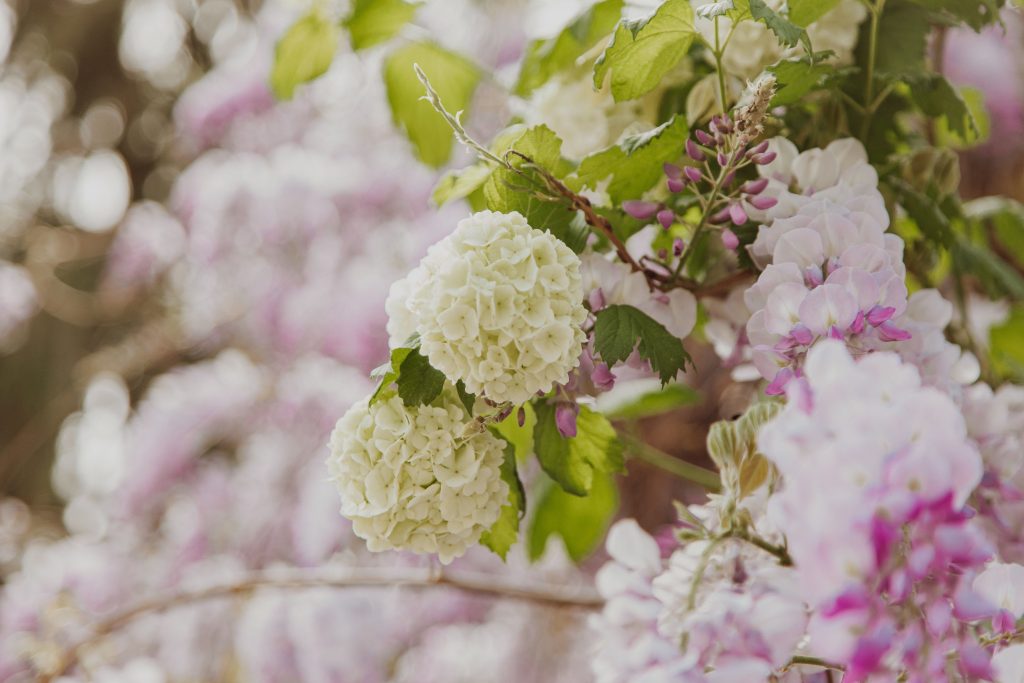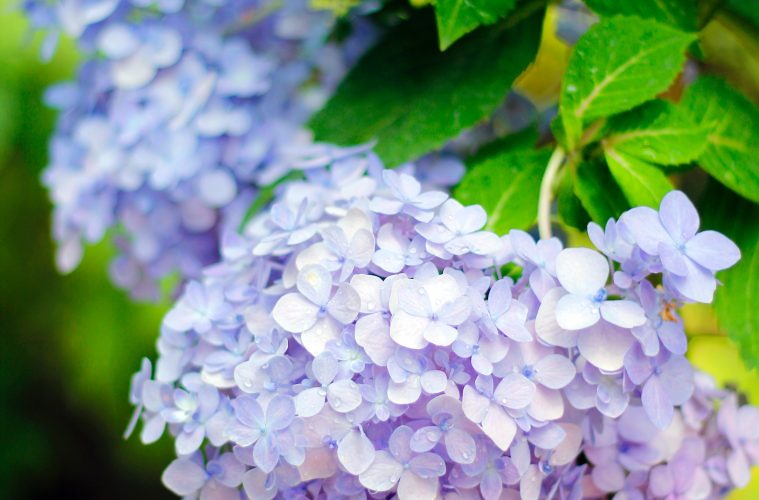It’s hard to resist hydrangeas when they bloom with great big colourful mopheads in summer. They are easy to grow in a dappled or semi-shaded area – sometimes a difficult area to find good plants for – and they need little attention once established. They are also fairly easy to propagate. Keep reading for some quick and easy steps on how to propagate hydrangeas from cuttings.
How to propagate hydrangeas
Hydrangeas fall into the category of woody cuttings. Deciduous trees and shrubs and evergreen woody shrubs from the sub-tropics are suitable for this type of propagation. Cuttings must be taken before any buds start to appear in spring – preferably from autumn to early winter but before any frost occurs.
What you’ll need
A small pot
River sand
Palm or coco peat
Disinfected secateurs
Hormone rooting powder
Wooden skewers
A plastic bag
Take the cuttings
Start with a clean pair of sharp secateurs that have been disinfected to avoid contaminating the cuttings or the parent plant. Take cuttings early in the morning from the current seasons wood for the best chances of rooting. Remove a cutting about 15cm in length with a few sets of leaves, just below a node.
Prepare the cuttings
Once you have cut off the hydrangea stems, prepare the cuttings for planting. Remove all the leaves from the bottom half of the cutting, leaving only one set at the top. Then, cut those top leaves in half horizontally. This will limit the amount of water needed to keep the leaves alive.

Prepare the soil
Use a clean container to plant the cuttings. Make sure that the pot has plenty of drainage holes and is deep enough to hold the cutting below the soil.
In a bucket, mix equal parts river sand and palm or coco peat. You can also use regular potting soil, but may need to keep a closer eye on the health of the cutting. Add water to dampen the mix until it is moist but not muddy.
Plant the cuttings
In two small containers, add water to one and rooting hormone to the other. This stops the cutting from contaminating the rooting hormone container, making it unusable.
Dry off the cuttings and dip the ends into water and then into the rooting hormone. Make a hole in the soil with a pencil or your finger and pop the cutting into the hole until half the stem is buried. Press around the cutting to secure in place.
Use the wooden skewers as poles around the edge of the pot and cover with a plastic bag. This keeps the cuttings moist and warm to help rooting. Place the cuttings in a sheltered spot in semi-shade or in a greenhouse.
Care
Check on the cuttings and water when the soil starts to dry out. After about six weeks, test the cuttings to see if they have rooted by pulling gently. If they resist, they have rooted and are ready to be planted into the ground or into their own containers.
ALSO SEE: Caring for hydrangeas


